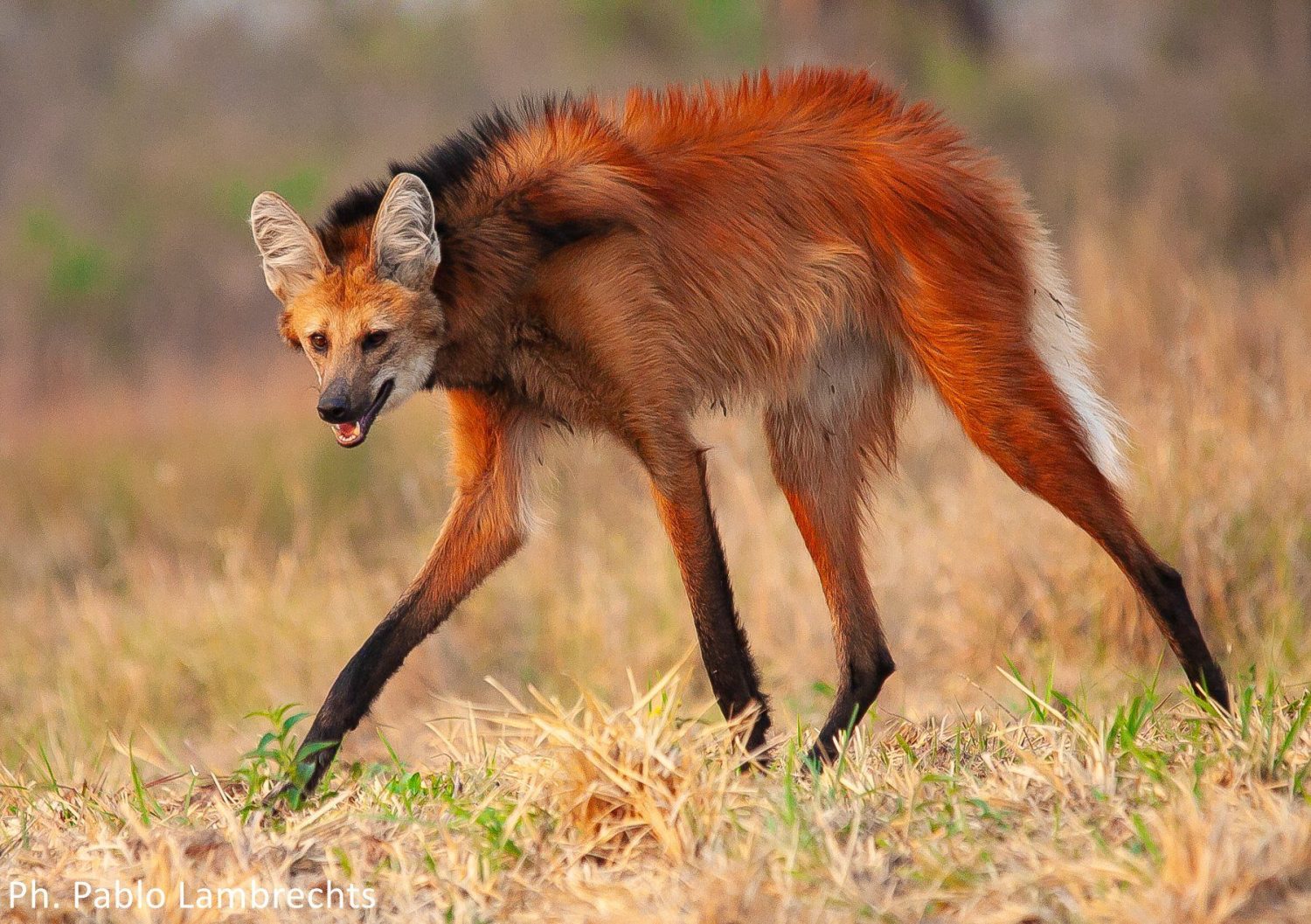Throughout history, the relationship between animals and humans has been intricate. Their ability to communicate effectively has been limited, leading to mutual fear at times, resulting in conflict and unfortunate events. Conversely, there are instances where deep and enduring friendships develop, and occasionally, heartwarming encounters occur, demonstrating the potential for love, compassion, and kindness to prevail.
Instances in Which Animals Attack
Throughout centuries, humans and animals have coexisted on our shared planet. Dogs and cats have become domesticated, offering companionship and protection in exchange for sustenance and shelter. Another avenue through which humans have sought to gain insight into the world of animals is by establishing zoos and aquariums. Regrettably, while many of these institutions are dedicated to conservation efforts, there have been instances where certain animals have endured mistreatment at the hands of humans, instilling a sense of caution in both them and their offspring.
Deadly Polar Bear
An incident from 2009 serves as a case in point. A woman was assaulted by a Polar Bear at the Berlin Zoo. It was later revealed that the woman had entered the enclosure during the feeding session. Miraculously, she was eventually rescued and received medical treatment for her injuries. While the attack did not prove fatal, it raises a pressing question: What compelled the woman to venture into the enclosure in the first place?
A director from the Columbus, Ohio zoo shared their perspective regarding the woman. "What she's done here, she should thank the good Lord she's alive. It's amazing to me." He exclaimed.
Encounters Going Back Decades
Regrettably, this is not the sole occurrence of captive animals attacking humans; several incidents have transpired dating as far back as 1987. One such incident involved Seaworld trainer Joanne Webber, who was conducting a practice session with Orca Kandu V when the creature leaped from the water and collided with her, subsequently submerging her underwater. Her narrative is a somber one, shedding light on the challenges faced both by employees and the whales in captivity. Ironically, this is not an isolated incident involving apparently aggressive orcas.
In a different case, a wild Orca has been implicated in approximately 500 attacks on fishing boats. Specialists theorize that she experienced a traumatic encounter with a fishing vessel while pregnant, and as a consequence, she has been instructing other Orca whales in the art of these attacks.
Furthermore, animals kept in captivity for various reasons, including conservation, can sometimes become disgruntled. Unfortunately, this does not guarantee that all captive animals have consistently received proper treatment. Additional instances of animal attacks include a 2006 incident where a tiger attacked a zookeeper during feeding time. The same tiger, having escaped from her enclosure at the San Francisco Zoo, went on to attack three tourists the following year, resulting in one fatality.
In 2007, another incident occurred, this time on the opposite side of the globe in Beijing, China. A young boy ventured into the panda enclosure and suffered serious injuries. Thankfully, he survived the ordeal.
And certainly, who could overlook the events of 2016? A 3-year-old boy entered an enclosure at the Cincinnati Zoo, resulting in the tragic loss of a gorilla named Harambe.
In a more recent development, surfers in California were cautioned about potential otter encounters as the animals were observed showing interest in surfboards.
Reasons for an Attack
The motivations behind animal attacks on humans can be attributed to several factors. These reasons shed light on the fact that such attacks rarely occur without a discernible cause, as outlined by experts:
1. Hunger: When animals are driven by the need for sustenance, they may resort to attacking humans for food.
2. Fear: Fear can induce both people and animals to react with violence, unpredictability, or erratic behavior.
3. Curiosity: Some animal attacks may stem from a desire to investigate or play with unfamiliar objects or beings. However, animals often lack a sense of boundaries and may play too aggressively.
4. Trauma: Many animals have suffered trauma at the hands of humans, as exemplified by the Orca's attacks on fishing boats, leading to their propensity for aggression.
5. Protecting Offspring: Animals may attack to defend their offspring when they perceive a threat.
6. Defending Territory: Animals are known to protect their territory, and this territorial instinct can lead to attacks on intruders.
7. Confusion: In certain cases, animals like sharks, which typically prey on seals, may mistake swimmers or surfers in dark wetsuits for seals, leading to attacks.
8. Unintentional Approaches: People who unknowingly approach wild animals too closely can trigger fear responses. As mentioned earlier, fear can make animals unpredictable and may result in attacks.
On the contrary, a wild animal might carry rabies and could launch an unprovoked attack. Rabies, a deadly viral infection, lacks a cure, and unfortunately, by the time an individual begins to suspect they may have contracted the disease, it is often already progressing toward a fatal outcome.
Avoiding a Potential Attack
In the event of an encounter:
1. Prepare for your outdoor adventure by researching the local wildlife you might encounter while hiking or camping, and equip yourself accordingly. This could include carrying items like anti-venom medication, insect bite cream, or an EpiPen.
2. Stay Calm and Avoid Running: Maintaining composure signals to the animal that you are not a threat and helps keep you safe since animals often find the pursuit of prey enticing.
3. Make Noise and Stand Tall: Create an aura of confidence by making noise and assuming a tall posture, which can give the impression of greater size and deter potential threats.
4. Adhere to Guidelines: Always follow the established rules and guidelines when embarking on a safari or visiting a national park to ensure both your safety and the preservation of the natural environment.
5. Avoid Camouflage and Bright Lights: Refrain from wearing camouflage clothing and using bright lights, as this can disrupt the natural behaviors of wildlife and diminish your visibility.
6. Never Feed Wild Animals: It's imperative to never feed wild animals, as this can alter their natural behaviors, pose risks to their health, and potentially lead to dangerous encounters.
Animals Can Love
On the flip side, when animals receive affection and care, they frequently demonstrate their gratitude in remarkable ways. There are numerous instances of such heartwarming bonds. In 2018, an 8-month-old Pitbull named Sasha heroically rescued her owner and the owner's 7-month-old baby from a devastating apartment fire.
During that very year, a Humpback Whale was said to have come to the rescue of a marine biologist, preventing a shark attack.
Another incident revolves around a gorilla and a young boy, but this time with a more uplifting outcome. In 1996, Binti Jua, a western lowland gorilla, gently held an injured boy in her arms until rescuers arrived to provide assistance.
Finally, in the year 2000, a group of sea lions played a crucial role in saving the life of 19-year-old Kevin Hines, who had attempted suicide by jumping off the Golden Gate Bridge in San Francisco.
Online, there exists a vast array of touching and sometimes sorrowful animal interactions. It appears that the key to a positive animal encounter, much like human interactions, lies in being kind, gentle, and discerning. This principle resonates consistently whether it involves people encountering each other or interacting with animals.



